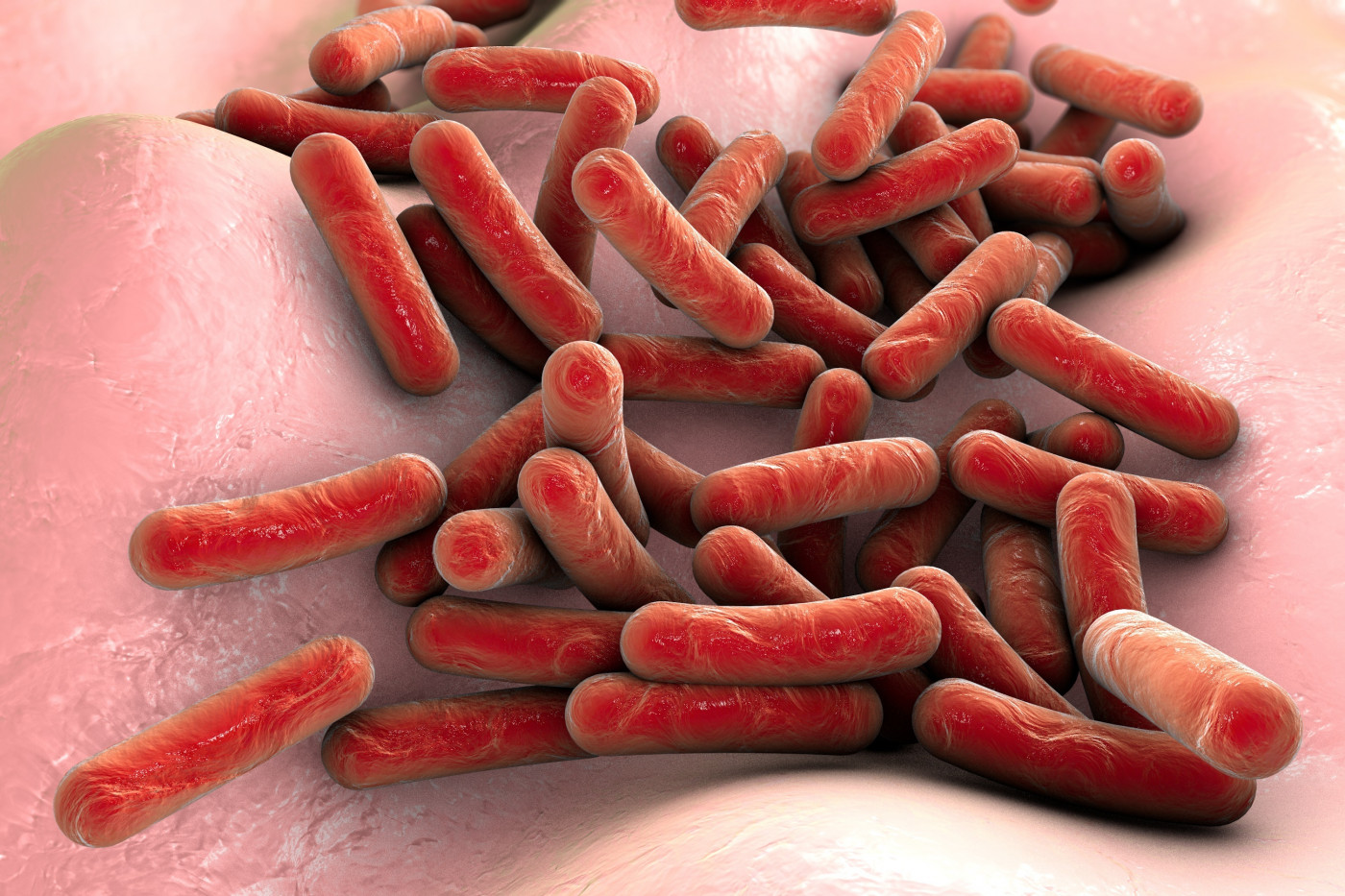P. aeruginosa Resistance May Be Measure of Ability to Hijack CF Mucus
Written by |

Pel, a complex sugar molecule produced by Pseudomonas aeruginosa, contributes to the bacterium’s ability to aggregate and resist both antibiotics and mucus thinners in people with cystic fibrosis (CF) by binding to an abundant component of their thick mucus, a study reports.
These findings shed light on the underlying mechanisms of the bacterium’s known multi-drug resistance, and suggest that Pel may be a treatment target of P. aeruginosa chronic infections in CF patients.
“We know that physically breaking up bacterial aggregates can restore bacterial susceptibility to killing with antibiotics and cells of the immune system,” Laura Jennings, PhD, the study’s first author, said in a press release. Jennings is a research assistant professor at University of Montana’s (UM) division of biological sciences and an affiliate with the university’s Center for Translational Medicine.
“Therefore, understanding the mechanisms that promote bacterial aggregation may facilitate new therapeutic approaches aimed at digesting the carbohydrates [complex sugar molecules] holding bacterial cells together,” Jennings added.
The study, “Pseudomonas aeruginosa aggregates in cystic fibrosis sputum produce exopolysaccharides that likely impede current therapies,” was published in the journal Cell Reports.
The characteristic buildup of thick mucus in CF patients’ lungs increases their vulnerability to respiratory infections, with the most common being those caused by the opportunistic bacterium P. aeruginosa.
P. aeruginosa’s ability to produce biofilms — slimy layers of microorganisms that stick to wet surfaces and other bacteria — can protect the bacteria from antibiotics and the host’s immune response.
Previous lab studies in bacteria have suggested that complex sugar molecules produced by P. aeruginosa, namely Pel and Psl, are key components of these biofilms. Extracellular DNA (eDNA), or DNA molecules found outside of cells, is also a major component of biofilms.
DNA within bacteria can be carried outside cells by active or passive mechanisms, or it can be the result of cell death with cell membrane breakdown. Of note, the thick mucus in CF patients contains increased levels of eDNA, which can be incorporated into the P. aeruginosa biofilm.
However, the mechanisms behind the formation of P. aeruginosa biofilms in people remain “controversial and unclear,” the researchers wrote.
Jennings and her colleagues at UM, the University of Washington, and Ohio State University, confirmed that P. aeruginosa produces Pel and Psl in CF patients, and that its biofilm formation depends on these sugar molecules.
They first looked for the presence of Pel and Psl in five P. aeruginosa-positive sputum samples and three P. aeruginosa-free sputum samples (control samples) from patients attending the University of Washington’s Adult CF Clinic.
All five sputum samples containing P. aeruginosa tested positive for Pel, and three were also positive for Psl. None of the molecules was detected in control samples.
This suggested that all P. aeruginosa-positive sputum samples contained at least one of the complex sugar molecules, and that the production of these molecules varies between CF patients.
Most bacterial aggregates were also found to be associated with Pel and/or Psl, and their structure and disposition suggested a dependence on these sugar molecules.
“We found the first direct evidence that these carbohydrates are produced at the sites of infection,” Jennings said, adding that the results support these complex sugar molecules contributing to bacterial aggregation in CF lungs.
“The evidence that Pel and Psl are produced by P. aeruginosa in the CF airways raises the possibility that these [molecules] might mediate functionally important interactions with host-derived airway components,” the researchers wrote.
Particularly, Pel’s intrinsic physical properties are known to make it more likely to bind to eDNA and proteins called mucins — two abundant components of CF patients’ sputum.
Further analyses found that Pel, but not Psl, effectively forms aggregates with other sputum components and sticks to eDNA. In addition, Pel-eDNA aggregates were found to lower the bacteria’s susceptibility to the inhaled antibiotic tobramycin, and to protect the eDNA from enzymatic degradation.
Pulmozyme (dornase alfa), a common mucus thinning inhalation treatment for CF, works by delivering a DNase, a DNA-degrading enzyme, to break down eDNA-rich airway secretions. This action reduces mucus viscosity and improves airway clearance.
“eDNA-Pel interactions have the potential to reduce the efficacy of two therapeutics commonly used in clinic: Pulmozyme (DNase) and tobramycin,” the team wrote.
Or, as Jennings put it, this Pel-eDNA interaction “makes a slimy protective layer around the bacteria, making them harder to kill.”
“Thus, patient-to-patient differences in [sugar molecules] production by bacterial aggregates could help explain the [variable] responses to these therapies in the clinic,” the researchers added.
Targeting these molecular interactions “may be an important step toward improving currently used treatments in the clinic,” they concluded.






